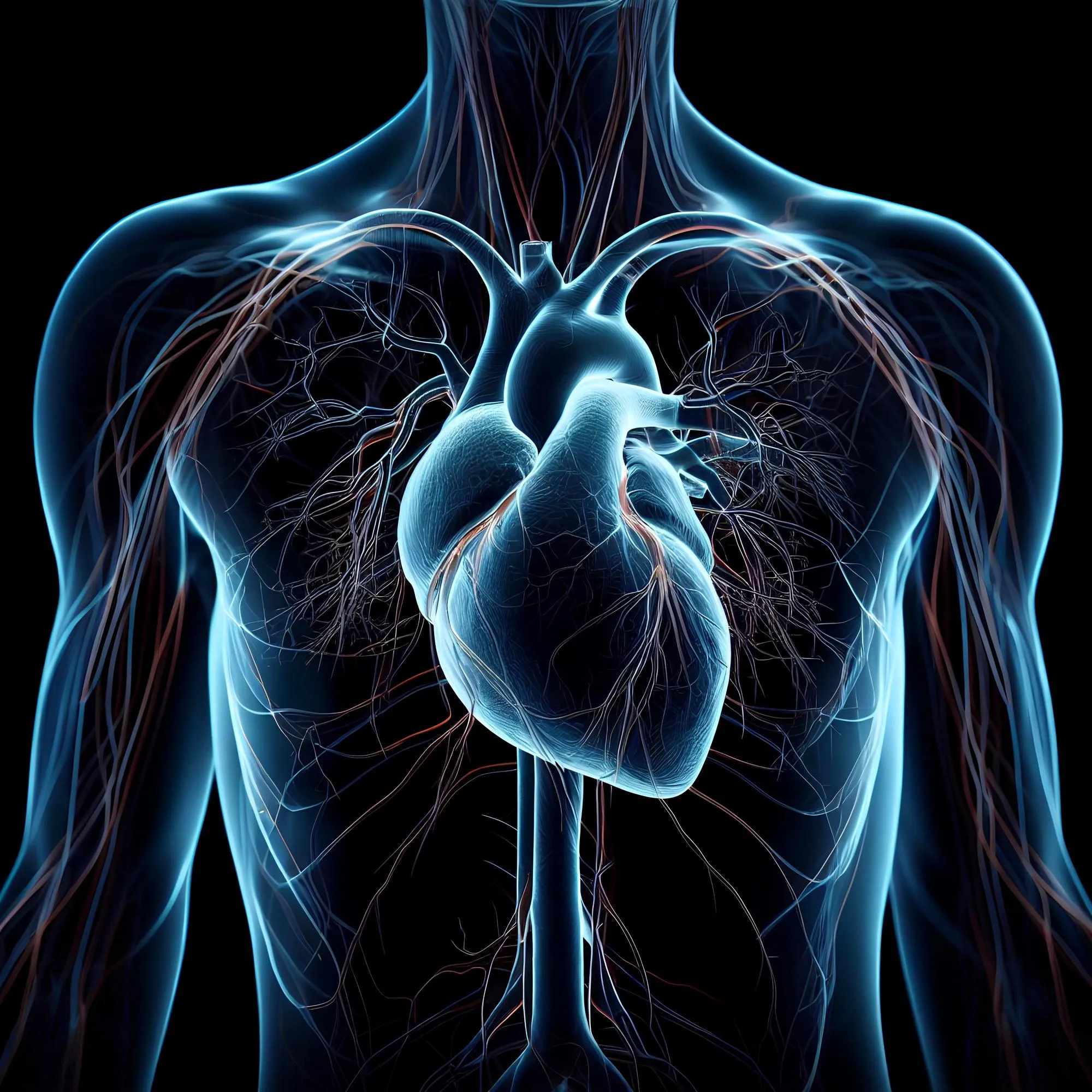In the labyrinthine corridors of the heart’s health, researchers from a New Zealand tertiary hospital have been navigating the pathways of Takotsubo syndrome, an often mysterious and misinterpreted cardiac ailment mimicking heart attack characteristics. A deeper look into this condition has unearthed distinct echoes of variations within the syndrome, particularly when comparing its classical apical form to other variants. An observational study, published in BMJ Open, focuses specifically on the comparison of the ECG and structural changes among different variants of Takotsubo syndrome.
DOI: https://doi.org/10.1136/bmjopen-2018-025253
Takotsubo syndrome, sometimes referred to as ‘broken heart syndrome,’ is a transient heart condition typically triggered by acute stress, exhibiting symptoms akin to a heart attack. Traditionally characterized by a dramatic but temporary bulging of the heart’s left ventricle, the classical apical type is but one variant in the spectrum of the disease’s presentations. It forms a constellation of symptoms, among them QTc prolongation—a risk measure for potentially lethal arrhythmias.
In the serene setting of Christchurch, a city that has withstood its share of adversities including several significant earthquakes, a group of intrepid researchers set forth to assess the differences between Takotsubo variants with a keen lens on the electrocardiogram (ECG) markers and cardiac structures.
The study, led by George M. Watson and his colleagues from Christchurch Hospital, yielded significant findings from a cohort of 222 patients diagnosed with Takotsubo syndrome according to the Mayo criteria. Shedding light on years of data, ranging from 2006 to 2018, the team’s work lays down the groundwork for understanding the divergence in clinical presentations within the syndrome.
Key Findings: Two Faces of a Misunderstood Syndrome
The observational study revealed that patients with the classical apical Takotsubo exhibited older age, a noteworthy lower left ventricular ejection fraction, and significantly higher peak high-sensitivity troponin I (hsTnI) levels compared to those afflicted by variant forms.
However, through statistical lenses, the electrical anomalies such as the QTc interval, heart rate, PR interval, QRS duration, and T-wave axis presented no noteworthy differences between the variants.
Moreover, the QTc interval showed a distinctive pattern, with a remarkable increase on the second day, peaking on the third, followed by a sharp decline, illuminating a dissociation between the disease’s structural and electrical disparities.
Clinical Implications and Patient Care: A Cardiac Challenge
Takotsubo syndrome remains a challenging diagnosis due to its mimicry of acute coronary syndrome. Studies like the one at hand offer clinicians a more nuanced understanding of the condition, with ramifications spanning from diagnosis to treatment approaches. Recognizing the ECG markers and their divergence, as well as the structural changes occurring, empowers healthcare professionals in tailoring more effective and timely interventions.
The research holds additional weight due to its setting. Christchurch, having been the epicenter of earthquake clusters, provides a unique backdrop where mass psychosocial stress potentially contributed to a rise in Takotsubo cases, allowing a naturally occurring ‘stress test’ on the population.
Further Investigations: Echoes of Future Cardiology
With their foot set firmly on the bedrock of Takotsubo research, the team from Christchurch aims to continue the investigation into the variant characteristics. Future studies will focus on long-term outcomes, potential genetic links, and the quest for risk stratification— all in the pursuit of demystifying Takotsubo syndrome.
Studies such as these also paint a broader canvas of how psychological stress and environmental factors interplay with cardiovascular health, opening a cross-disciplinary dialogue between cardiology and psychosomatic medicine.
Open Access and the Democratization of Knowledge
Published by BMJ, the study embraced an open access policy under CC BY-NC, advocating no commercial re-use but enabling the academic community and beyond to delve into the findings and reuse the data for further research. Such policy is sculpting the future of unobstructed scientific sharing and the advancement of knowledge without the usual constraints of paywalls.
References
To provide a comprehensive understanding of the study’s context and implications, the following references have been crucial:
1. Minhas AS, Hughey AB, Kolias TJ. Nationwide trends in reported incidence of takotsubo cardiomyopathy from 2006 to 2012. Am J Cardiol 2015;116:1128–31. DOI: 10.1016/j.amjcard.2015.06.042
2. Otten AM, Ottervanger JP, Symersky T, et al. Diagnosis of takotsubo cardiomyopathy is increasing over time in patients presenting as ST-elevation myocardial infarction. Neth Heart J 2016;24:520–9. DOI: 10.1007/s12471-016-0859-x
3. Templin C, Ghadri JR, Diekmann J, et al. Clinical features and outcomes of takotsubo (stress) cardiomyopathy. N Engl J Med 2015;373:929–38. DOI: 10.1056/NEJMoa1406761
4. Ghadri JR, Cammann VL, Napp LC, et al. Differences in the clinical profile and outcomes of typical and atypical takotsubo syndrome. JAMA Cardiol 2016;1:335–40. DOI: 10.1001/jamacardio.2016.0225
5. Looi JL, Wong CW, Lee M, et al. Usefulness of ECG to differentiate takotsubo cardiomyopathy from acute coronary syndrome. Int J Cardiol 2015;199:132–40. DOI: 10.1016/j.ijcard.2015.07.046
Keywords
1. Takotsubo syndrome variants
2. QTc interval and cardiomyopathy
3. Stress cardiomyopathy findings
4. Apical ballooning syndrome study
5. Echocardiograms in Takotsubo diagnosis
In closing, this study not only illuminates the shadows hanging over the misunderstood Takotsubo syndrome by dissecting its variants but also serves as a beacon, projecting how targeted research can lead to efficacious clinical practices in the fight against enigmatic cardiac conditions. The teams at Christchurch Hospital and beyond continue to scrutinize the crossroads of physical and emotional health, hoping to untangle this twisted knot of stress-induced cardiac afflictions for good.
